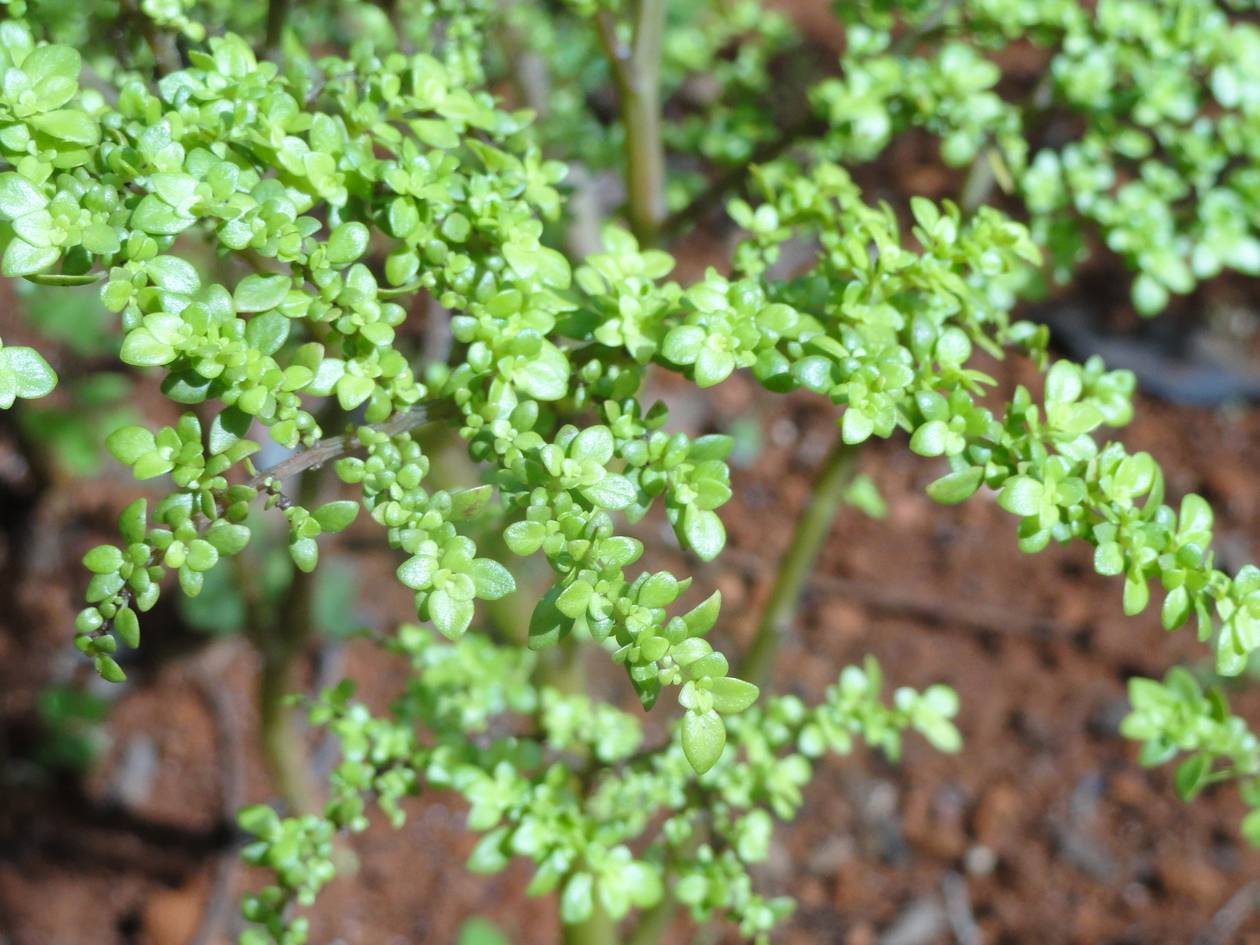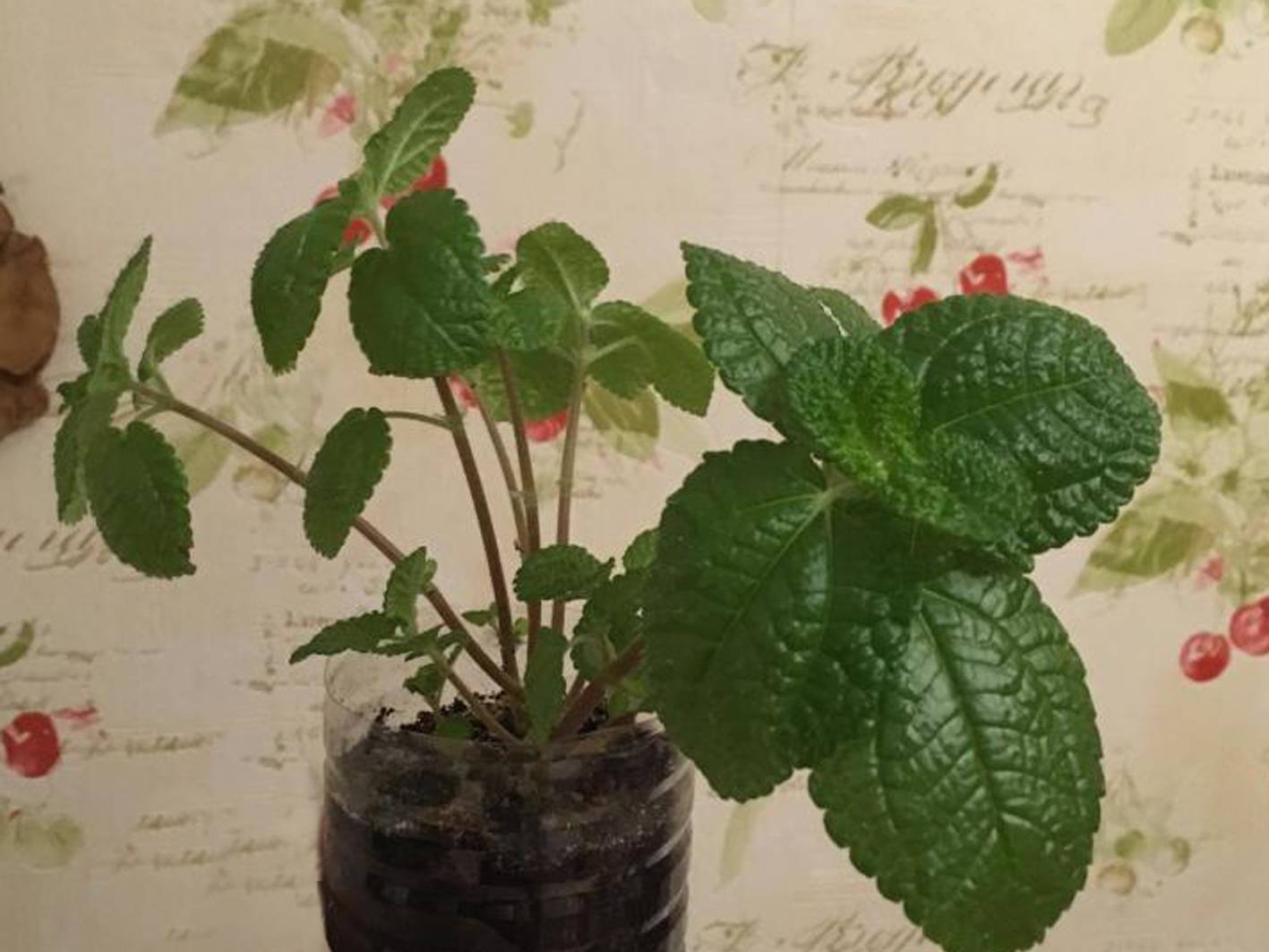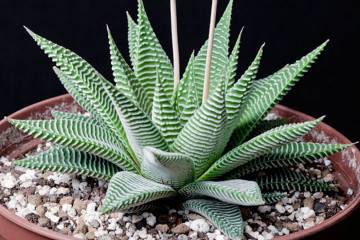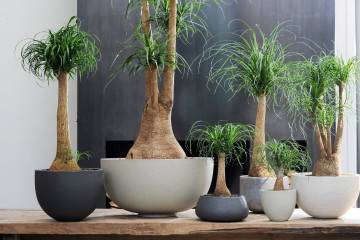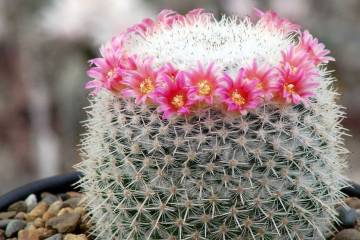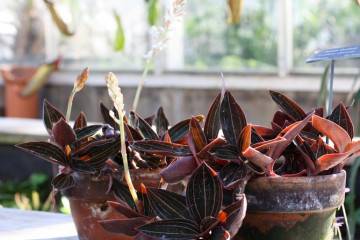Monofilament and small-leaved saws, other types - home care
Content:
The monofilament saw has a well-deserved popularity among lovers of indoor flowers. This plant is able to revive any interior with its luscious greenery. Its compact size allows you to use it not only in single plantings, but also in compositions with other colors. Pilea is not at all demanding to care and for active growth it is enough to pay very little attention to it.
Monofilament saw
The most common of the many varieties of saws is the monofilament saw. This native of the South African tropics combines compact size and decorativeness.
The name of the flower is associated with the size of the leaves, which are shaped like small coins. Their outer surface is bright green, and the inner one has a burgundy hue. On the creeping shoots, which are also burgundy, textured leaves with a pronounced jagged edge are densely located. An adult flower is a dense green carpet.
Small-leaved saw
This variety is attractive for its openwork shoots and spreading shape. The flower can be grown as a creeping, ampelous or erect plant. The small-leaved sawea is very much loved by flower growers, since home care for this plant needs the simplest.
On long shoots, small leaves are located, the size of which varies from 5 to 40 mm, it is this feature that gives the flower some airiness and grace. The shape of the leaves is oval and the surface is smooth and glossy.
During flowering, small inflorescences appear in the leaf axils. They are rather inconspicuous, but they have a very interesting feature - if you touch a flower, it shoots out a small cloud of pollen.
Creeping saw
The name of this species speaks of the characteristics of the shoots - they actively grow in length, sometimes reaching 20-25 cm. Due to this quality, the flower can be considered as a ground cover crop.
The main feature of the creeping saw is the unusual color of the leaf blade. Outwardly, it is colored dark green with purple tints, and the inner surface of the leaf is burgundy.
Pilea Silver
The variety of pilea, called silver, has several more names - cadier, cardier, silver. The British found an even more original name - an aluminum flower.
The reason for the variety of names in the original color of the leaves is that silvery stripes are clearly visible on the dark green surface. The glossiness of the plate gives an additional metallic effect.
Lebanese pilea
This decorative variety looks especially advantageous as an ampelous plant. If you plant several bushes in one container at once, you get a lush gray-green waterfall.
A distinctive feature of the variety is a silvery bloom on the dark green surface of the leaves. The shoots are brown in color and are able to actively grow and branch.
Home care
Pilea is very unpretentious, but it, like other houseplants, needs to be looked after. It is important not only to observe the watering regime and maintain the temperature regime, but also to choose the right place for the flower.
Choice of location, lighting and temperature conditions
After purchasing a flower, the first step is to decide where it is best to place it. Pilea belongs to light-loving cultures, but direct sunlight is contraindicated for it. It is best to place the flower pot on a windowsill with windows facing west or east.
The optimum temperature in the spring-summer period is 19-22 degrees. In the summer, you can put a flower pot on the balcony - this will only benefit him. In winter, the average temperature is lowered by 1-2 degrees, but no more. The lowering is carried out gradually, since the sharp drops of the saw is very poorly tolerated.
Air humidity and watering
A correctly chosen watering regime is the key to the well-being of the saw. It is better to stick to a constant schedule and moisturize the soil as it dries at regular intervals.
As a tropical flower, the pilea needs high air humidity - at least 60%. The difficulty lies in the fact that it is impossible to spray the leaves and, accordingly, only alternative methods can be used.
There are several ways to increase humidity:
- installation of a pallet with wet expanded clay;
- placing a damp cloth on heating radiators;
- using a humidifier;
- placing a container with water next to the pot.
Of the listed methods, the optimal solution would be to purchase a humidifier, since air humidity is important not only for the pilea, but also for the rest of the plants. In addition, dry air is also not useful for human health.
Pruning and replanting
For a compact plant like a sawea, pruning is not necessary. But in order to maintain a decorative shape, it is recommended to shorten shoots that are too much longer than the rest. Damaged or diseased growths should also be removed.
Due to the fact that this plant grows very actively, it needs an annual transplant. The best time for it is spring. Planting is carried out with a complete replacement of the soil, which should consist of garden soil, sand and peat in a ratio of 2/1/1. It is imperative that there is a drainage layer and a sufficient number of holes in the bottom of the pot.
Reproduction
To obtain new copies of the pilea, two methods are used - sowing seeds and rooting cuttings. Both of them are quite affordable, but more often flower growers practice cuttings.
Propagation by cuttings
The best time to harvest cuttings is spring. You can combine this procedure with pruning and use the material obtained after it.
The step-by-step process looks like this:
- Apical cuttings 10-12 cm long are placed in a container until the roots appear.
- As soon as the roots grow a little, the seedlings are planted in a nutritious soil.
- The container with the plantings is placed in a cool place with diffused lighting.
- After 2-3 weeks, you can plant the bushes in separate containers and place them in a permanent place.
Propagating a sawtooth by cuttings is a quick and easy process. That is why it is used in most cases.
Sowing seeds
Growing a monofilament saw from seeds is also not difficult. Seeds sprout well, and after picking, young plants quickly take root.But this process is longer and requires certain skills.
Sowing is carried out in a container with nutrient soil under a shelter. Before the dive, the greenhouse is regularly ventilated and the soil moisture is maintained. After transplanting into separate pots, the plants are placed in a permanent place.
Diseases and pests
The indoor pilea flower is rarely attacked by pests and gets sick. Pests typical of many indoor plants - thrips, spider mites and scale insects - can pose a threat. Powdery mildew is perhaps the only thing that pilea can get sick with. An indoor plant of this species is quite resistant to other diseases.
Most often, problems regarding deterioration in appearance are associated with mistakes in care. The most common ones are:
- excessive or insufficient watering;
- too bright or poor lighting;
- non-observance of the temperature regime.
With proper care and maintenance, the saw will always be healthy and lush.
The monofilament saw is an unpretentious, compact and decorative flower. Other varieties are no less attractive, which have different leaf colors and sizes. This flower should be given very little attention, and in return it will decorate the house with juicy and bright greenery.

